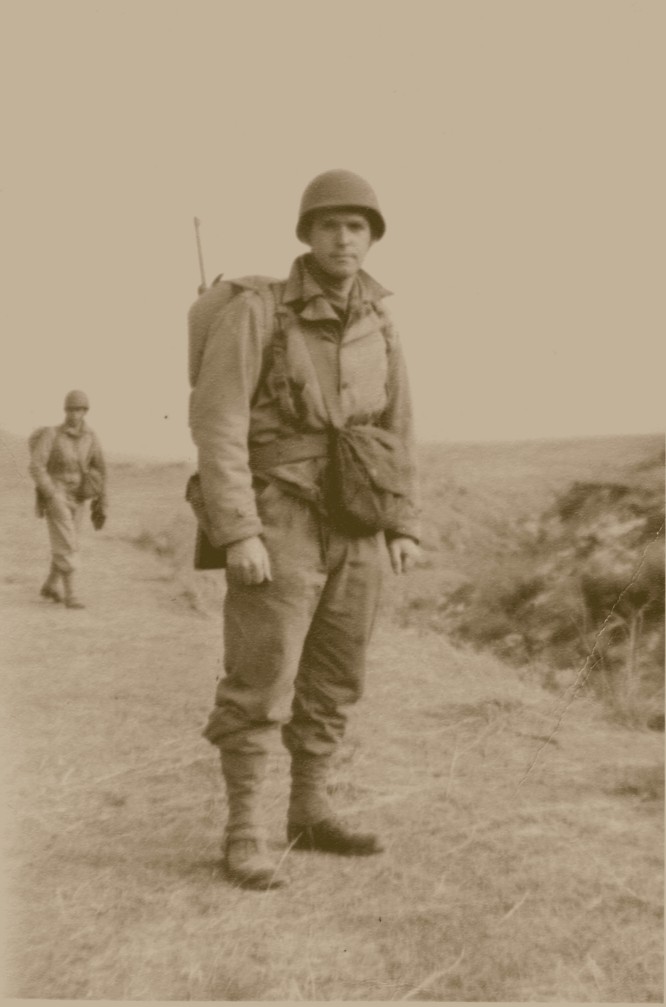
(GD&R)
An N-Scale Empire want-a-be
N-Scale The Normal Scale©

Founded on December 11, 1952 by L. T. Rose the Greenbriar Delta & Rutland (GD&R) has acquired short lines in many locations over the years as other railroads were going under or being broken up. The GD&R obtained the Grose (Grows) Line when the Conrail was split up. Neither CSX nor NS wanted the short line that serviced the community of Grose and the variety of industries that the line serves. Industries that the Grose Line services are (See the Customer page for more information about the customers).
The Grose Line has one interchange with NS and CSX. The GD&R has 4 locos (2 GP-38, 1 GP-50, 1 C44-9W) assigned to the Grose Line and leases motive power from where ever it can get it from. Because of this, the locomotives seen on the Grose Line are a various lot of types, ages and road names. See the roster page for locomotives frequently seen on the Grose Line.
Turn 1 (The BID job) serves the customers of the Brunk Industrial District, which is East of Joel Yard
Turn 2 (Grose Turn) serves the customers West of Joel Yard
Turn 3 serves the customers on the Yrag (Why Rag) Branch
Depending on the workload all three turns can be working at the same time, but it is common that a crew will work one turn and using the same motive power do a second turn. Furthermore the yard crew may work one of the turns after they have built the other trains. A typical day for the GD&R Grose Line starts around 7:00 am. The yard crew starts first by building trains with the cars that arrived from the day before. All the trains are being assembled at the same time but preference is given to Turn 1 since there may be cars that were picked up from the BNSF / UP Interchange the day before that need to be moved to the CSX / NS Interchange. After Turn 1 is ready a crew is called and they depart east out of Joel Yard working the customers of the Brunk Industrial District* (BID). The BID has 3 industries, the Team Track and the interchange for the CSX / NS. Industries at the BID are
Working the BID will require numerous moves and run-a-rounds, the customers are not worked in any order, but usually one customer is work at a time. After working all the customers as needed in the BID, the train head, back west towards Joel Yard. When Turn 2 is ready it leaves Joel Yard heading west and works the following customers as needed.
Turn 2 can work these customers in the order listed above or will run to the end of the line first and work them in reverse order. The decision on what order is up to the crew members. On the return trip the crew will use the turning wye located between the siding for Woods Furniture and the Thirteenth Street Freight House siding to turn the locomotive if they are running only one loco. Turn 3 is usually the last to leave Joel Yard. Frequently the yard crew will work this turn. Turn 3 departs Joel Yard east bound and proceeds to GR Junction and takes the Yrag Branch to Adair Scrap Iron
*The
members of the BID purchased a used GP-7 (they didn't bother to repaint
or renumber it) and a 44 tonner to be used to switch cars within the
industries (Farmers Grain Coop, Columbia Paper & Box, Tuscarora
Cement and the Team Tracks) as needed after the GD&R crew has
completed their work. Because the BID is on both sides of the GD&R
main the BID's crew has permission to run on the main as needed.
The Yard Office at Joel Yard is communication center for the Grose Line of the GD&R. All trains entering the interchange must request permission from the dispatcher at Joel Yard other then the crew running the BID switcher. Even though they don't need permission the BID crew is always in contact with the Yard Office. GD&R has an agreement with CSX that provides some MOW equipment that the GD&R uses to maintain the Grose Line. This equipment consists of one each of the items listed below. Frequently this equipment is seen at Joel Yard.
Authors note: The Greenbriar Delta & Rutland (GD&R) is a totally fictional railroad and is not based on anything other then my imagination. There is no attempt to model any given prototype location, time, or railroad. I doubt that my level of modeling skills will get me published in the magazines. The total purpose of the GD&R is for my enjoyment. The GD&R is dedicated to my father L. (Bud) T. Rose Greenbriar Delta & Rutland are actual communities located in the authors current state of residence. |
